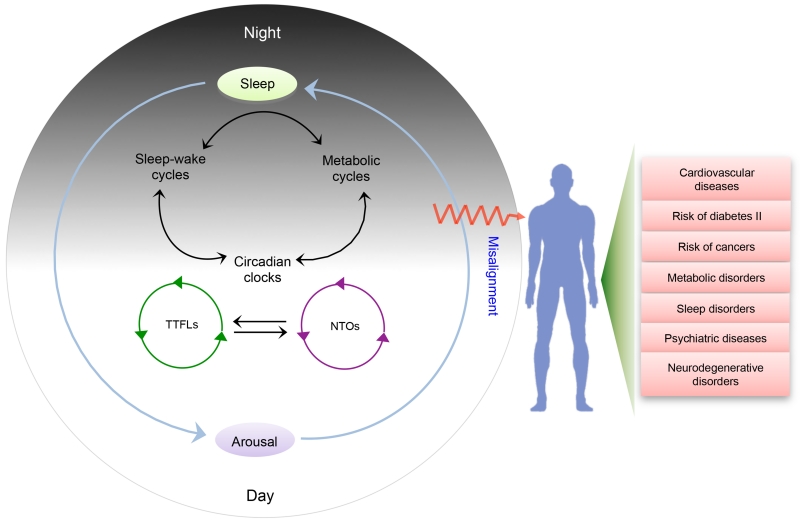Figure 1. Interplay among circadian rhythmicity, metabolic cascades and sleep homeostasis: some opaque zones in circadian biology research.
Cross-talk among the circadian oscillators, sleep-wake cycle and metabolic oscillations are important components of daily biological time-keeping mechanisms. However, the precise mechanisms by which sleep-wake centers, circadian clocks and metabolic pathways communicate with each other have not been clearly demarcated. Interaction between non-transcriptional oscillators (NTOs) and transcription–translation feedback loop (TTFL)-based oscillators is also largely unclear. Circadian or sleep disturbance, and misalignments between their phasing can lead to different types of diseases and disorders, most notably metabolic derangements.

